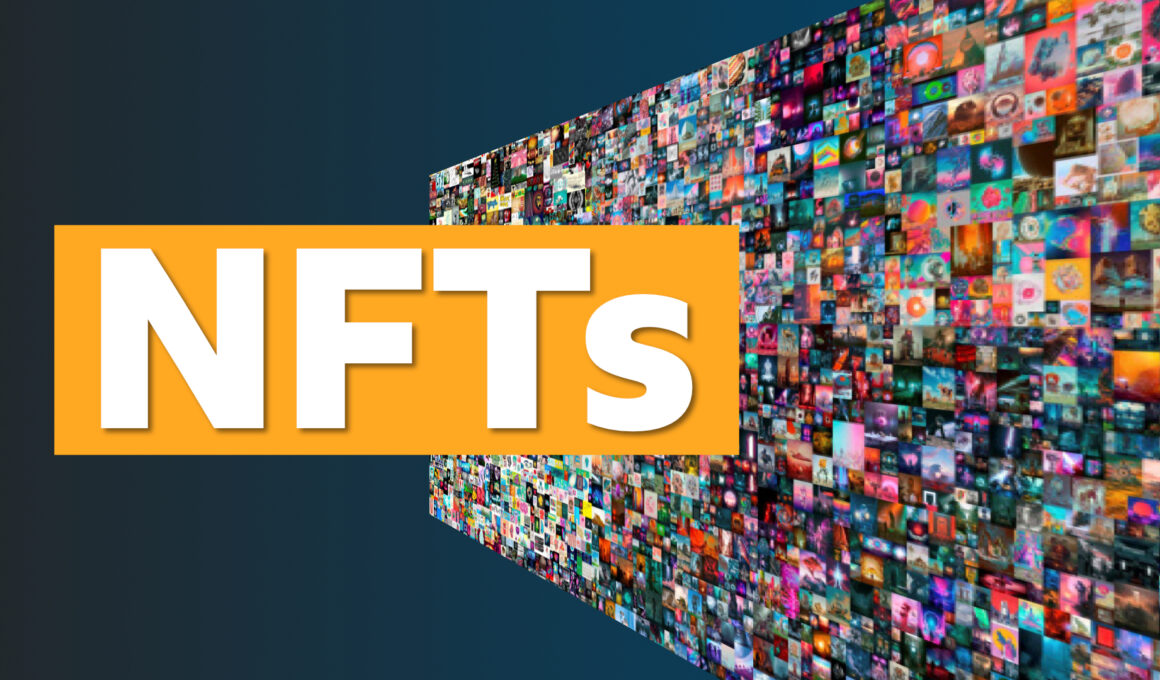
A NFT collection is a collection of digital assets, usually claimed by a single substance, which users can buy into by locking their tokens up for a time span. When the NFT collection’s contract has been purchased, the buyer is given access to the NFT collection’s contract, which allows them to withdraw any NFT from the collection at any time. NFT collections also have a withdrawal period, where a user can withdraw their NFT from a NFT collection after a predetermined time span, usually a couple of days. In total, NFT Collection basically allows users to list their NFTs, set up and track their collections, and buy and sell NFTs using the platform.
What is a NFT marketplace and how can it work?
A NFT marketplace is a platform where you can buy, sell, and lease non-fungible tokens (NFTs). In a NFT marketplace, users can display their NFTs and set their own cost. The marketplace will automatically handle the exchange of ETH and tokens. NFT marketplace is an exceptionally exciting idea because it allows you to buy and sell NFTs from the solace of your own home. The marketplace also gives opportunity to users to tokenize their different digital assets such art, image, video, and so on. For example, if you want to possess a remarkable piece of art, yet you don’t have $1 million to buy it, you could buy a symbolic that addresses a percentage of the piece of art. A typical misinterpretation is that NFTs are “crypto kitties” sort of tokens. In any case, the fact is NFTs have the ability to be used for many real-world applications as well.
Examples of what NFTs can be used for?
We are seeing a great deal of NFTs used for social media interactions, with crypto-collectibles being the main ones for the present. They can also be used as oracles for other crypto assets. NFTs are also valuable for events, as they allow individuals to buy and sell tickets on the blockchain. The utilization cases for NFTs are virtually boundless. A couple of them are:
- Any sort of digital asset
- Collectibles like CryptoKitties
- Event tickets like YouNow
- Artwork
- Property titles
- Tickets to events
- Vehicle registrations
- Accreditation badges
- In-game items
- Identity documents
- Digital items that can be enumerated
What Are the Benefits of NFTs?
NFTs have a number of benefits to both the individuals and the businesses. The following are a couple of the benefits of NFTs:
- NFTs can be traded on any exchange
- NFTs can be given as gifts
- NFTs can increase in value as the blockchain ecosystem grows
- NFTs can be fully customized to suit the needs of the creator
- NFTs can be used to create a better user experience
The amount Does it Cost to Create a NFT?
The cost of creating a NFT relies upon the sort of the NFT itself, and the cost of the assets used to create it. Artists usually create NFTs for nothing, or in exchange for a share of the benefits from the sale of the NFT. A genuine example of this is Bull, an extraordinary digital art piece created by two artists. NFTs can also be created using the assets from the engineer of the blockchain platform that the NFT will run on. This is much of the time done as an incentive to attract designers or blockchain enthusiasts and to create an ecosystem that will assist the platform with growing. A company can also create a NFT on managing the blockchain platform. This is frequently finished to get a certain degree of participation in the platform from the users. Or on the other hand we can also say that there is no cost to create a NFT. NFTs are created using EOS tokens, very much like anything else on the blockchain. The main distinction is that the transaction charge is set by the distributer instead of the network. This means distributers can put the transaction expense to zero together to encourage the creation of NFTs.
Relevant Search: